No two post-operative recoveries are exactly alike. Age, overall health, and type of surgery all play a role in the length and quality of a dog’s recovery period.
While the specifics may vary, there are several things you can do before, immediately after, and in the days post-op to ensure your dog recuperates as quickly and painlessly as possible from any procedure.
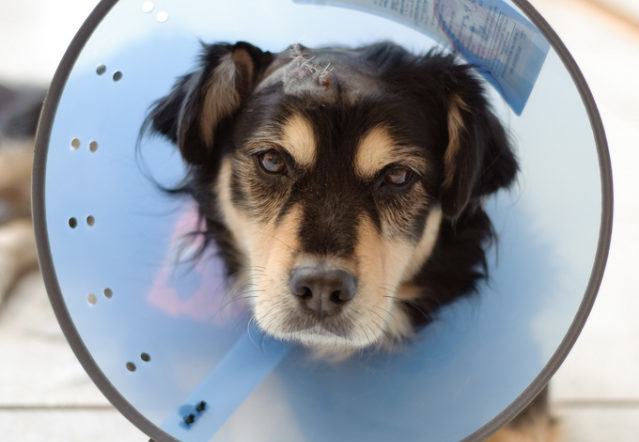
Before Surgery
The best indication of how your dog will behave after surgery is his or her current behavior. If your energetic pup is about to undergo surgery, the recovery will be much easier if you have completed obedience training. The majority of post-operative problems with routine procedures have to do with the dog being too active or chewing at the incision.
Teach your dog to stop and pay attention with a cue of ‘look’, ‘watch’ or ‘ready’ as well as the ‘sit’, ‘stay’, ‘come’ and ‘down’ commands.
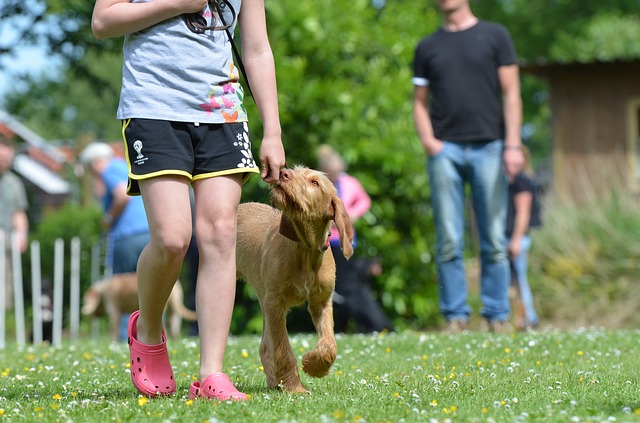
Crate training will allow you to keep your pup safely confined when you cannot be there to monitor activity level. If you do not wish to use a crate, you may also designate a safe, comfortable area like a laundry room or gated off kitchen for your dog to recover in. The goal is to prevent overly active behaviors like running, jumping and stair climbing.
It is also important to consider any upcoming events, holidays or planned trips before booking a routine surgical procedure. Your dog will need at least a week of close monitoring and special attention after most operations. Make sure that your schedule is not too hectic and that there will not be too much excitement going on in your home.
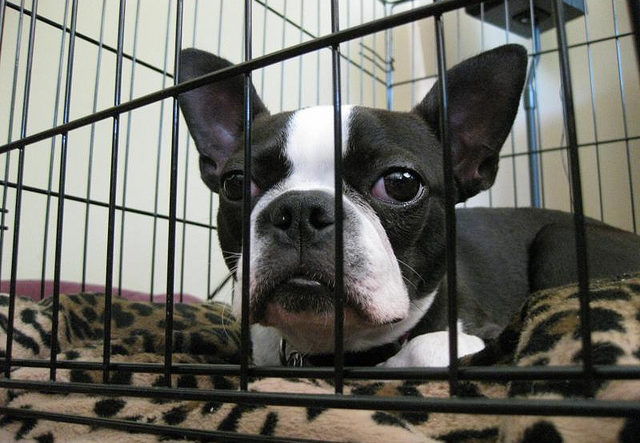
At Pick-Up Time
Discharge time at the vet’s office can be quite chaotic. Depending on the size of the veterinary practice, the lobby may be jammed with other pets and their parents, all of whom have their own needs and concerns.
If possible, book a discharge appointment so you can meet face-to-face with the surgeon in an exam room to go over important medication and recovery details. Prepare any questions ahead of time to ensure you make the best use of your time with the staff and ask for a printed copy of the discharge instructions and at-home care tips.
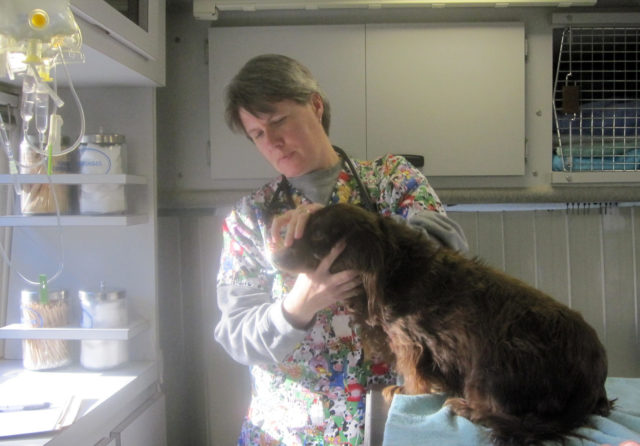
If your dog has external incisions or sutures, ask the staff to show you the site and explain the difference between normal healing changes and potential problems such as infections, seromas (pockets of fluid that develop along an incision) and dehiscence (wound rupture along an incision).
Some procedures may involve your dog going home with bandages or surgical drains in place. The veterinarian or technician should explain how to care for these additional elements, what to expect, and what to watch for if there is a problem.
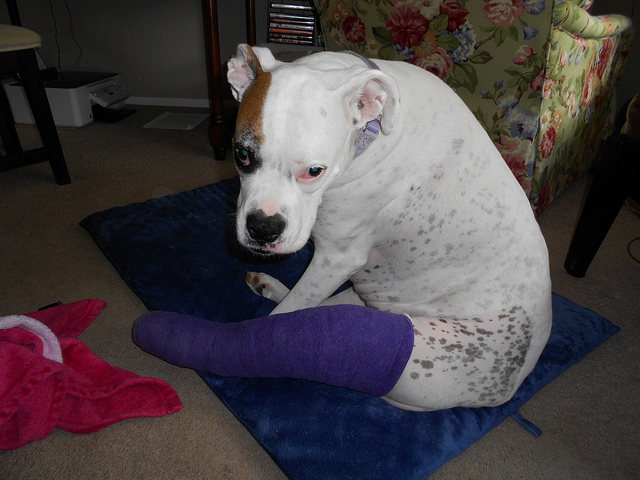
At Home
When you first arrive home, your pup will likely still be groggy and possibly in a little pain. Follow the discharge instructions as to whether to offer food or medication before bed. Beyond that, the best thing you can do for your dog is to set her up in her crate or designated recovery area and allow her to rest quietly.
Your family may be tempted to fuss over the patient, but anesthesia can take a full 24 hours to completely clear the system and too much excitement could cause undue stress.
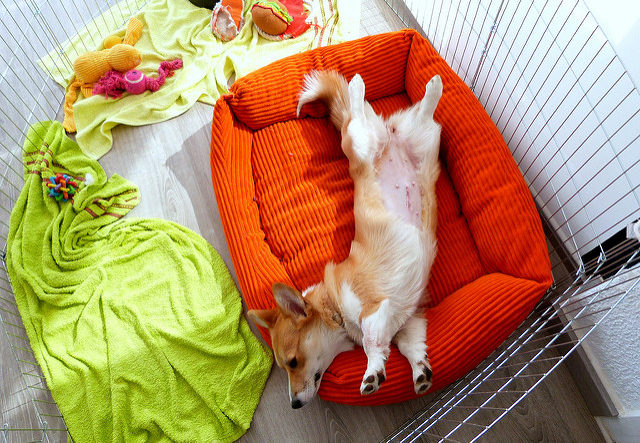
Advancements in surgical techniques and analgesic medications have dogs feeling better faster after surgery. While no one wants their dog to be in pain, discomfort causes animals to self-limit their activity. The trade-off for a pain-free dog is that it will be up to you to prevent her from overdoing it.
The surgical recovery period can last anywhere from a few days for a simple wart removal to a month or more for a complicated orthopedic surgery. Most vets recommend a rest period of 10 to 14 days for routine spays or neuters.
During the recovery window, your dog should go for short leash walks only if you’re given the green light by the surgeon. This can be especially difficult to adhere to if your pooch is young and energetic. However, running, jumping and overactivity can cause seromas, dehiscence, extended recovery periods and even procedure failure.
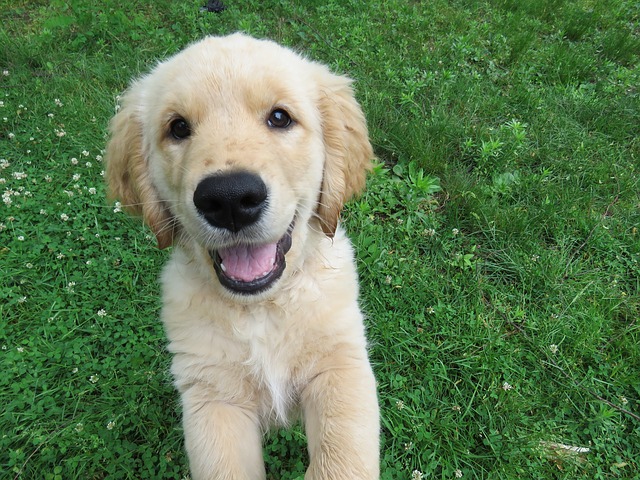
In order to stave off boredom, try offering a puzzle toy, a stuffable treat toy, or simply keeping your pup company with belly rubs and a Netflix marathon!
Give all medications as directed – this includes finishing any prescribed antibiotics. Monitor your dog for vomiting, diarrhea, hives or facial swelling that could indicate drug intolerance or a dangerous allergic reaction. If any of these symptoms are noted, discontiinue the medication and contact your vet right away.
Check the incision site(s) daily and monitor for redness, swelling or missing sutures. If your dog is attempting to lick the incision, pick up an Elizabethan collar or try using a t-shirt to protect abdominal sutures. Be sure to keep any casts or bandages dry and clean. Should they become wet, damaged or begin to slip, return to your vet for a bandage change.
Finally, it is important to attend any follow-up appointments even if your dog seems to be doing well. Should your pet seem uncomfortable, feverish, weak, or refuse to eat or drink, call your vet to set up a prompt recheck visit.
Featured Image via Flickr/Chippycheeky

